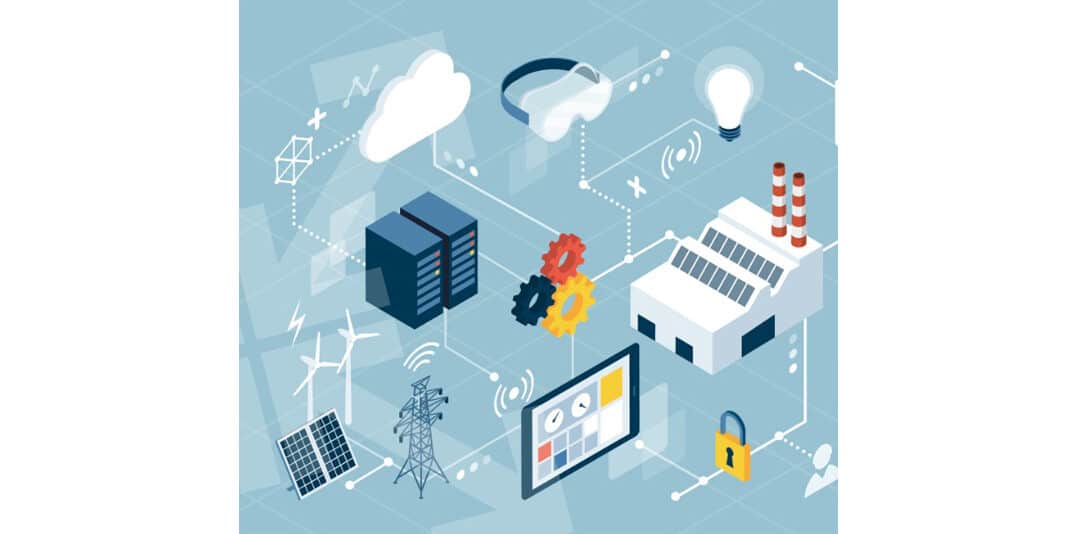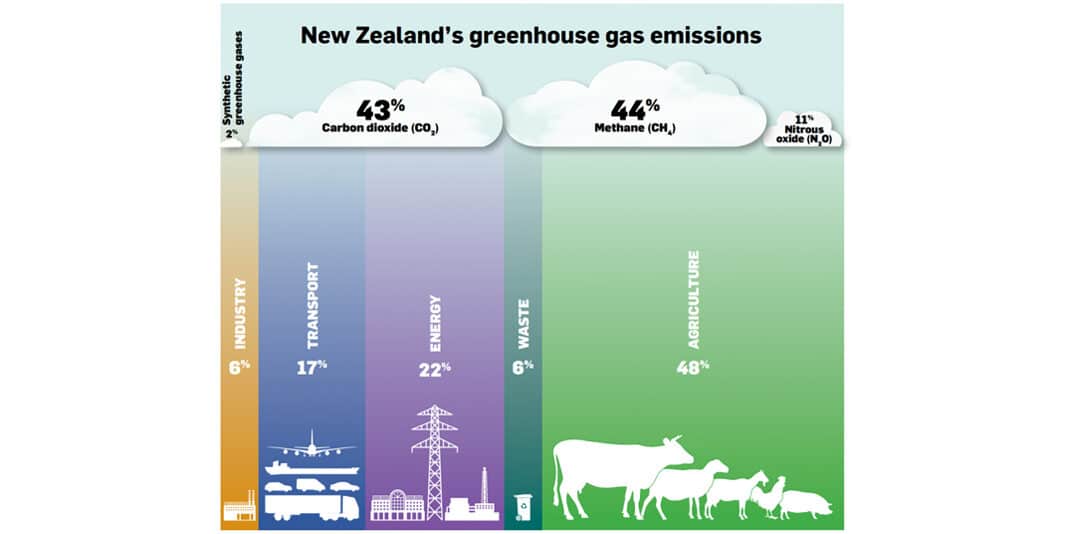
IoT and Energy Management
Join us on Monday as we discuss how the Internet of Things is changing Energy Management and how insights can support sustainable business. Register here.

Join us on Monday as we discuss how the Internet of Things is changing Energy Management and how insights can support sustainable business. Register here.

Create a sustainable energy strategy, and build a competitive advantage with powerful energy insights that provide complete visibility of your energy footprint.
Now more than ever businesses globally are looking for wastage and holding utility costs to account by requiring detailed operational reports.
As the owner of your energy strategy, it is imperative that you have end-to-end visibility of your energy footprint. Obtaining this level of visibility will provide you with energy intelligence around consumption and performance of on-site assets. These energy insights will give your business the ability to:
Having a centralised view of your entire energy footprint and device-level data eliminates the time and complexity involved with managing energy data in multiple platforms. A single platform that integrates with other systems creates a holistic view of your energy infrastructure that can be used to inform a single, full report.
In addition, using a single platform to manage your energy data means you always know that you’re looking at real-time, accurate intelligence. This can help you make data-driven decisions about your energy strategy that are based on the most up-to-date energy data displayed in the energy management platform.
The granular level of intelligence provided by device-level data will provide you with a deeper understanding of your energy use and help to accurately form your energy strategy. This information can be used to identify ways to future-proof your strategy to:

Data can help your business analyse capital equipment to identify inefficiencies and determine when equipment should be replaced or requires maintenance. By keeping equipment working efficiently and performing at its optimum level, you can avoid costly downtime and reduce business risk.
Better energy insights can free up resources to support growth initiatives, turning energy from a commodity cost to a value-adding resource. Growth opportunities can also be achieved when your strategy successfully lowers the costs associated with energy.
The information gathered through end-to-end visibility can help your business leverage its energy use, flexibility and existing assets. This opportunity unlocks new revenue streams for your business by allowing you to curtail energy use or sell surplus energy back to the grid through Demand Response (DR), demand management and asset optimisation.
End-to-end visibility of your energy footprint can help to inform decisions on using new technologies such as solar and battery storage, back-up power generation, or cogeneration (also known as Combined Heat and Power or CHP) to help drive energy optimisation and improve resilience.
The visibility of your energy footprint will grow as you adopt new technologies, but by using a centralised system to holistically monitor and manage your data, this should not add any extra complexity. In fact, your energy management system can provide you with the data you need to justify your investments in on-site energy generation.
It is imperative that businesses partner with a provider that has the right energy insight tools and a platform that collects and centralises granular, device-level data.
Working with Total Utilities, businesses can be sure that they’ll benefit from experience and expertise. We are the New Zealand providers of Centrica’s Energy Insight solution and integrated energy management platform, PowerRadar®. These tools are generating new opportunities across all types of industry, giving organisations the ability to manage real-time, device-level energy intelligence in a single, holistic view.

Contact our experts to find out how we can help you obtain real-time visibility of your energy performance and develop a strategy that turns your energy into a competitive asset.

Your corporate sustainability targets might be in for a shock!
Prior to Christmas, the Government announced a raft of proposed changes to the emissions trading scheme (ETS) to rapidly decarbonise the economy.
This included lifting the ETS price cap from $25/tonne to $50/tonne and creating a market floor of $20/tonne.
If we take natural gas as an example, where at $25/tonne the ETS is priced at $1.37, at the market cap of $50/tonne this would increase the cost of the ETS to end users by $1.37/GJ (0.49c/kWh). With current raw gas pricing hovering around $9/GJ for large industrial users this could make raw gas plus ETS $11.74/GJ (4.23c/kWh).
We spend a lot of time looking at commercial electricity and energy management and that’s really something to notice! If your corporate sustainability journey does not include electricity or energy efficiency milestones, now is the time.
In addition to this, a ban on new coal-fired boilers for low and medium temperature heating has been mooted. With all coal boilers used for low temperature activities to be phased out by 2030. Coal boilers would still be allowed for high temperatures of above 300 degrees celsius.
The Interim Climate Commission estimates that switching coal boilers away to electricity or biomass at scale becomes economic when ETS costs are in the range of $60-$120/tonne.
Now more than ever businesses need to start planning their sustainability journey. At Total Utilities we are here to help.
The following was originally posted on the Centrica Business Solutions website and is reprinted with permission.
All organizations must pay close attention to risk. From financial viability to cyber attacks, it’s vital to understand and prepare for the forces that can disrupt the market and derail long-term sustainability – so businesses can survive in a fast-changing world.
Of all the risks that could affect a business’s long-term future, climate change is becoming one of the most urgent and complex. The United Nations warns that changing climate is disrupting national economies – and that accelerated action is needed to reduce emissions.
I want to hear about how we are going to stop the increase in emissions by 2020, and dramatically reduce emissions to reach net-zero emissions by mid-century
António Guterres, United Nations Secretary-General
Many organizations are already exploring what they can do to make a difference. They know that significant organizational, reputational and financial benefits can be gained by improving their environmental credentials. That said, our Distributed Energy Future Trends report found most businesses are investing in initiatives that we’d consider to be ‘low-hanging fruit’. Few organizations are implementing the most sophisticated technological innovations that could really accelerate their journey to net zero, such as smart energy management and on-site generation. In fact, just 18% of organizations see energy as an asset to be managed, in order to generate competitive advantage.
It’s important that organizations consider the strategic benefits of implementing the latest sustainable energy innovations. But perhaps even more importantly, they also need to recognize the risks they face if they don’t implement these innovations. Here are a few of the top concerns:
As the world moves to low-carbon energy sources, making sure that you have continuity of supply is vital. Business leaders acknowledge the importance of energy resilience, which is why they rank energy security as being a top-three risk to their operations.
It’s important to have a detailed energy strategy, one that puts targets around energy resilience. Currently, only half of businesses that we’d consider to be ‘sustainable’ have an energy strategy that details how they will become a low-carbon organization. With other businesses, the figure falls to just 24%. Clearly, there is scope for businesses to push ahead in this area.

Having a plan is just the first step, though. It’s also important to consider implementing sustainable energy innovations, which can help to reduce reliance on the grid and provide additional security in the event of a power failure. Without harnessing the latest innovations, organizations may not be safeguarding themselves as fully as they could against the catastrophic consequences of power loss.
In today’s economy, no company can afford to stand still. It’s important to keep moving forward and improve the products and services you deliver to your customers. Continuous innovation is good for business and often creates new opportunities that can enhance the way your business operates.
This is certainly true of sustainable energy innovations. From artificial intelligence to digitalized energy management solutions – low-carbon technologies can create new opportunities for businesses to monetize their power assets and improve their brand reputation. What’s more, organizations that look at their strategy anew and consider how they can join their energy technologies together can maximize their commercial benefits and return on investment. It’s clear that organizations who embrace sustainable energy innovations can gain competitive advantage – and those businesses that fail to harness these new opportunities risk being left behind.
Organizations that aggressively pursue digitalization are expected to grow the most in the next five years. But companies that are truly future-focused don’t just introduce new digital platforms and technologies on a whim – they consider their wider implications, including the energy requirements of each digitalization initiative.
In our transformed world, new strategies are required to understand precisely where, how and when energy is being used across your organization. By monitoring, managing and aggregating all available energy assets, including energy demand and usage, organizations can ensure they generate and consume power in the most efficient way.
The latest sustainable energy innovations can support this initiative by providing organizations with the insight they need to make more intelligent decisions about their energy strategy in a digital world. But organizations that don’t embrace these innovations may lack these insights and could run the risk of wasting energy and money. And this may snowball, as more and more digital technologies are embraced.
Businesses that clearly define their energy strategy and invest in the latest sustainable energy innovations will find themselves in the best position to meet their environmental targets, gain competitive advantage, and futureproof their operations. Companies that do not embrace the latest energy technologies may find themselves at a disadvantage in a competitive market.
With businesses maturing at different paces, it will take strategic planning to accelerate environmental and sustainability ambitions. Contact Total Utilities to see how we can help you invest in sustainable energy innovations that will solve business challenges and deliver tangible results.

Deloitte recently published The Global Millennial Survey. This reinforced a number of other surveys that concluded that brands with a strong corporate social responsibly and sustainability plan will attract a higher caliber pool of prospective employees and a large range of engaged customers.
42% of those surveyed stated that they would start and or deepen a relationship with business who has products/services that positively impact the environment/society whereas 38% said they would cease or reduce their relationship with businesses who has products that negatively impacted the environment/society.

In business, it’s often said that reputation is slowly built, but quickly lost. That’s why, as a successful company, it’s vital to take a strategic view of your brand – to avoid the damage that can result from being on the wrong side of fast-moving public debates.
The below was recently posted by Centrica Business Solutions and is republished with permission.
Globally, there are few issues being currently debated more than the environment and climate change. In response, many organizations are looking to implement technical low-carbon energy innovations – including solar power or electric vehicles – as well as less tangible innovations, such as reshaping business strategies to more closely reflect environmental concerns.
When you’re considering investing in any of these approaches, it’s vital to understand the wider implications they may have on your business – both positive and negative.
In particular, it’s clear they can have a significant impact on how your brand is perceived by customers and shareholders. Our recent report, Distributed Energy Future Trends, shows that decision-makers recognize that low-carbon energy solutions result in reputational benefits for businesses.
According to our research, as many as 30% of companies we surveyed say that investing in energy technology results directly in a better company reputation – up from 24% in 2017. That’s a big rise in just two years and shows that energy technology, an increase in environmental responsibilities as an organizational priority, and brand perception are closely linked.
In the past year alone, 36% of the businesses we surveyed changed their brand position to be more environmentally friendly. This shows they understand the importance of demonstrating sustainability credentials.
Of course, to be effective in the long term, any change in brand positioning should be genuine. Customers, employees, commentators and regulators are all rightly suspicious of brands making unsubstantiated or misleading claims about their environmental friendliness, and their perception of your brand may be different from the crafted positions you take.
This means that, ideally, the drive toward sustainability should be strategic – with a combination of economic and environmental drivers the focus for success. Our survey shows that 86% of companies think ‘sustainability’ has both economic and environmental dimensions. It’s clear that organizations cannot simply talk about the importance of environmental responsibility – their words need to be backed up by clear and decisive action.
There are signs that this is happening. In fact, social and environmental responsibility is steadily rising up the strategic corporate agenda, and our research found that the only two factors are considered more important: efficiency and financial performance. What’s more, the fourth most important item on the corporate agenda was reported to be compliance with legislation and regulation – which is, in itself, a critical part of reputation management.
There are a wide number of ways in which sustainable energy innovations can enhance your brand perception, and these are largely dependent on the strategy you opt for.
Invest in sustainable transportation technologies, such as workplace charging points and an electric vehicle fleet, and this could start to have positive impacts not only on employees who use them, but on the local community too. Already, half of fleet owners have at least one electric or hybrid vehicle, our research shows.
Solar technologies, too, can be a visible demonstration of your environmental commitment, and can combine with battery storage for economic and resiliency benefits too. Rather than relying on traditional energy sources, you’re able to generate your own energy onsite, store this generated energy in a battery for use during times of high grid demand or grid interruptions, and may even increase profitability by reducing expenses.
Innovative energy technologies can improve brand perceptions in indirect ways, as well. According to our research, the issue of energy security and resilience is now a top four risk for companies. It’s easy to see how a power failure at a critical site or data center could cause damage to your brand. Yet solutions such as battery storage and backup generators could mitigate these issues as part of a sustainable energy strategy. This will keep you ‘always on’ and safeguarded from commercial, regulatory and market risks.
Organizations with strong future growth prospects are those that have a clear strategy for how energy can contribute to their company values. In fact, one-third of organizations who expect their annual revenue to grow by over 20% in the next five years have made a clear link between sustainable energy use and their brand image and company values.
Find out more about how Total Utilities can help you invest in sustainable energy innovations that can have a positive impact on your organisational competitiveness, environmental credentials, brand perception, and carbon emissions.
When we look at New Zealand electricity prices, it is important to consider lines companies in the equation.
The lines company or electricity distribution business (EDB) operates and maintains the transformers, power poles and copper wires that keep our local electricity networks running and delivering reliable electricity to the door. Examples in the EMA membership region are Northpower, Vector, Counties Power, WEL Networks and Powerco.
Take my last home bill. The energy component, which is the part provided by my retailer, was $184.76. This part is subject to market competition and as a privileged, old white guy with a good credit history I can move freely between retailers chasing the best price. I can also take advantage of a prompt payment discount of $56.65 – nearly 30 per cent of the entire cost of the energy I purchased that month.

In the detail of my bill, however, is another bit called the “Daily Line Charge” of $52.85, being 33 days at $1.60 per day charged by my local lines company.
Unlike retailers, lines companies are monopolies, not subject to competition and they supply an essential service. As a result, they are highly regulated by the Electricity Authority and the Commerce Commission.

This regulation occurs in three ways:
• Limits to the percentage return on the assets deployed,
• Legal requirements for the quality and price of service, and Company ownership structures.
There are 27 electricity distribution businesses in New Zealand. Some are privately owned such as the North Island giant, Powerco, which is owned by overseas investors and supplying electricity and gas to about 440,000 homes in the North Island.
There are public/private ownership companies such as Auckland’s Vector (supplying 331,000 households) which is 70 per cent owned by a consumer-owned trust and 30 per cent by shareholders on the stock exchange.
There are also 100 per cent consumer-owned trusts such as Counties Power and there are companies owned wholly or in part by local Councils, eg, Aurora, which is owned by Dunedin City Council.
Ownership is critical when we look at pricing and quality of service and the impact of rules, regulations and the inconsistent behaviour of the regulators.
Privately-owned Powerco, for example, after years of underinvestment in lines infrastructure, last year went to the regulator asking for dispensation to increase its charges to consumers so it could remediate its increasingly dilapidated and unreliable infrastructure. Incredibly, the regulator agreed to this request without a whimper!
Meanwhile, further south, the Commerce Commission is indicating it will levy fines on council-owned Aurora for quality failures on its network. These failures have been attributed to Dunedin City Council’s active decision to use Aurora’s profits to help fund a new sports stadium and other civic works, while neglecting maintenance and renewal of its electricity infrastructure.
Back up north, after a one-in-100-year storm blew out the lights in Auckland last year, Vector was fined nearly $3.6 million by the Commerce Commission for failure to meet its reliability targets for the second year in a row. This, despite massive investment on Vector’s part in technology and improved services aimed specifically at improving quality.
Areas of economic growth such as Auckland, the Bay of Plenty and Franklin are faced with big increases in investment to meet demand, while many EDBs in the regions face regulatory demands for increased investment in infrastructure despite their consumer bases shrinking.
Ownership has a direct relationship to New Zealand’s electricity prices. Whether growing or shrinking, the reality is that EDBs are in a bind, because investment in maintaining and growing reliable infrastructure means price increases are a fact of life for the consumer.
In the meantime, the Electricity Authority’s price review seems to be wilfully ignoring the market-distorting behaviours being exhibited by the elephants in the room: the government-controlled generators/retailers (gentailers). We’ll take a look at them in an upcoming article…